A video posted to the internet on Tuesday shows two very early iPhone prototypes running differing software versions of Apple's "Acorn OS," one developed by a team led by Tony Fadell and another by Scott Forstall's group.
The pair of rare handsets and their respective bare-bones operating systems are shown off in images and a video posted to the website of parts leaker Sonny Dickson. In the short clip, both prototypes boot up to an extremely limited feature set, which mostly consists of diagnostics tools and basic system information.
Explaining the hardware, Dickson notes Apple put two teams to work when creating the software that would ultimately power the original iPhone. The first device, designated "P1," ran software developed with the help of Tony Fadell, while a second "P2" variant was the brainchild of Scott Forstall.
While both models share an — extremely rough — original iPhone aesthetic and are powered by identical internal components, the underlying software is completely different.
As seen last week, Fadell's P1 version of Acorn bears a striking resemblance to the aqua-styled onscreen interfaces seen on iPods at the time. In fact, the P1 implements a digital representation of a scroll wheel to cycle through hierarchical system menus made famous by pre-iPhone OS iPod products.
By contrast, Forstall's P2 client software is a more fleshed out direct touch — ultimately multitouch — interface complete with icons and interactive onscreen graphical elements. While an obvious prototype, the P2 version seen below shares similarities with the "SwitchBoard" operating system Apple currently deploys to test iPhone prototypes.
The P1 and P2 hardware showcased today are just two of likely hundreds or even thousands of iterations, both hardware and software, that evolved through Apple's comprehensive prototyping process to become the iPhone.
Rumors swirling as late as December 2006, just a month shy of iPhone's unveiling at Macworld, suggested the finalized smartphone would adopt a virtual click wheel and other features native to Fadell's attempt. Despite rampant speculation, it was Forstall's vision of Acorn OS that ultimately became iPhone OS, the operating system now known as iOS.
Monday marked the 10th anniversary of late Apple cofounder Steve Jobs' presentation of the original iPhone in January 2007. For an inside look at how iPhone changed the trajectory of tech, and how it continues to shape our future, make sure to read AppleInsider's in-depth retrospective.
 AppleInsider Staff
AppleInsider Staff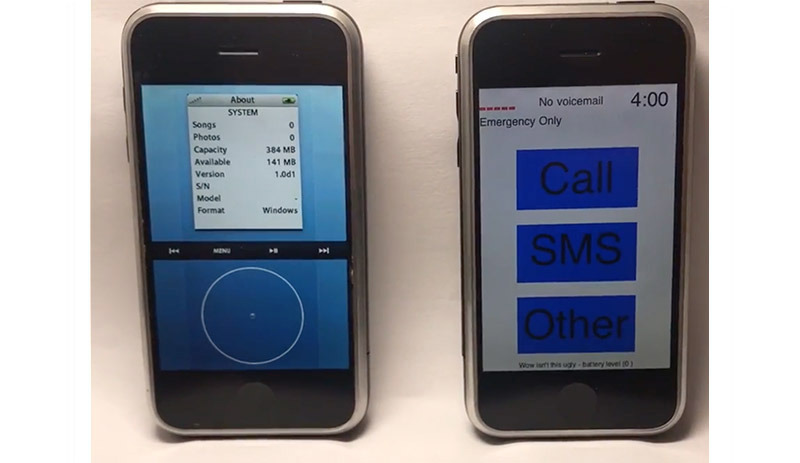


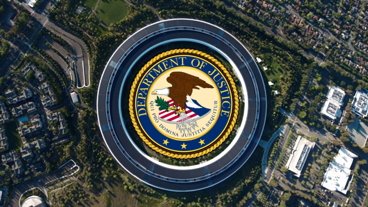



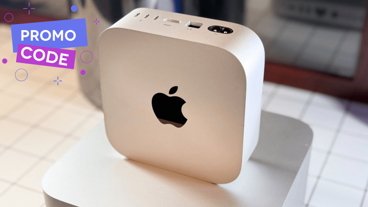






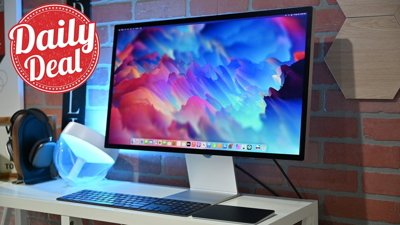
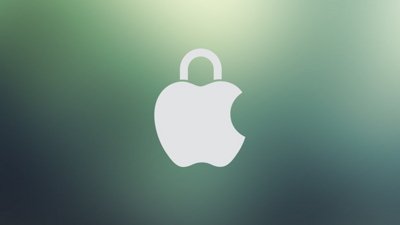
 Chip Loder
Chip Loder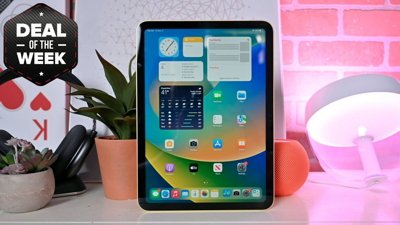
 Christine McKee
Christine McKee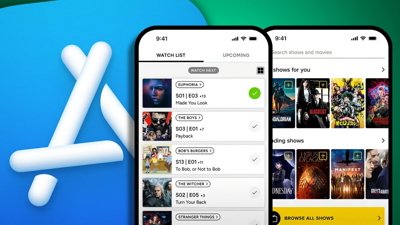
 Malcolm Owen
Malcolm Owen
 William Gallagher
William Gallagher


 Andrew Orr
Andrew Orr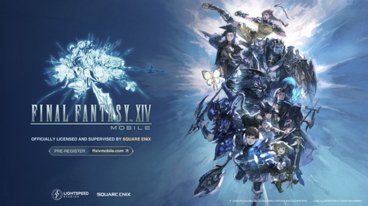






41 Comments
If the the touchscreen component wasn't available then Fadell's concept would've made more sense with a physical, touchpad click wheel, but that's not what we're seeing here. We're seeing virtual buttons where we would assume they would've been physical buttons and the window for the actual content not even taking up 1/4 or the display. This makes me think that the P1 version of Accord was never designed for or tested on the HW shown.
That's an. Interesting video.
Whatever happened to Fadell's loyal fans who thought Google buying Nest instead of Apple was a sign of Apple's decline? For that matter, what happened to Forstall's loyalists who thought his love of skeuomorphic UI and refusal to apologize for Maps made him the perfect future Steve Jobs?
I honestly would love to see Forestall back at Apple. I think iOS has really gone stagnant after iOS 7. It's a heck of a lot of more of the same. Don't get me wrong I love my iPad Pro with Pencil, and I love my iPhone SE. But my iPhone SE is the same design that was there when Scott was there, and the software UI hasn't moved that much at all. And I think he probably could have gone along with a flatter UI. Sometimes I wonder if Ive just wanted Forestall out because of personal conflicts and didn't actually have much planned for the UI aside from flattening it. Where as Forestall had a TON of ideas.